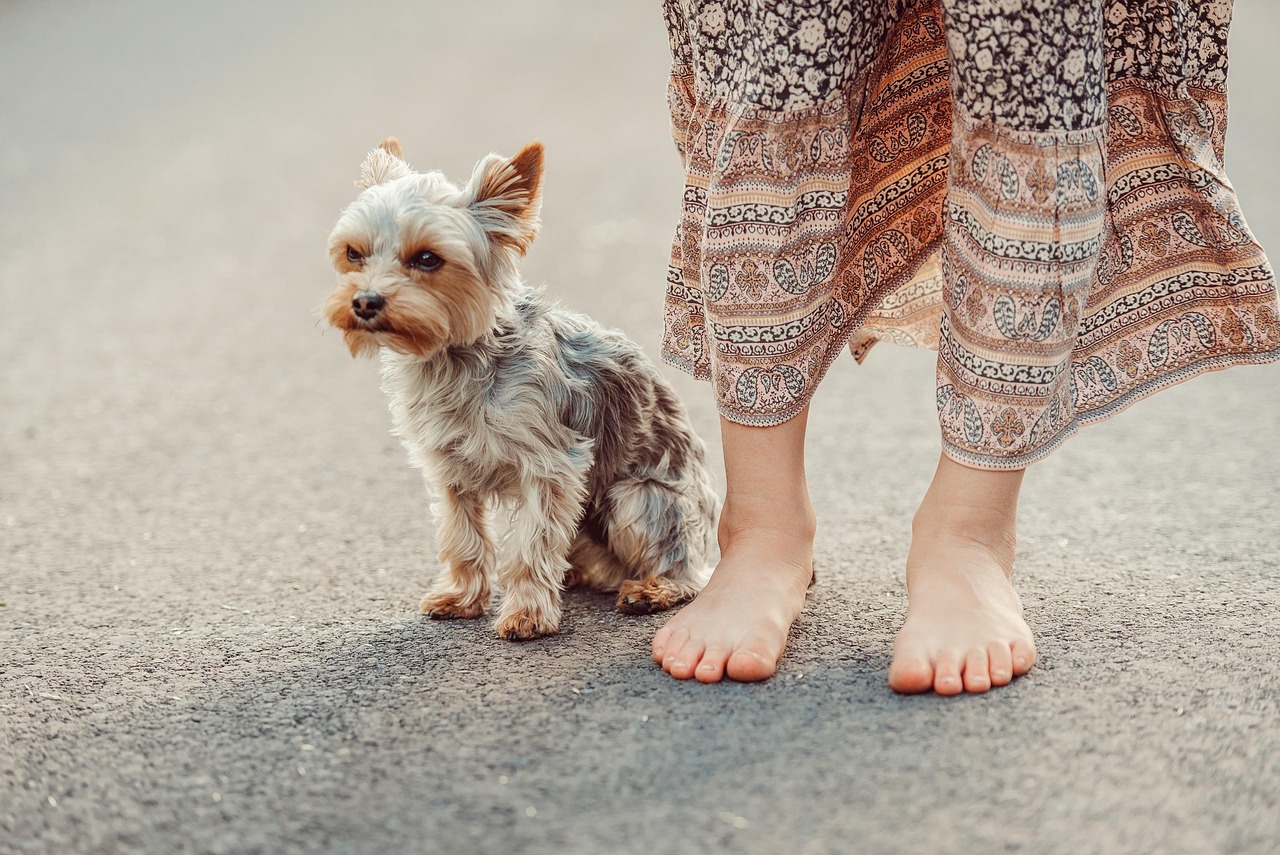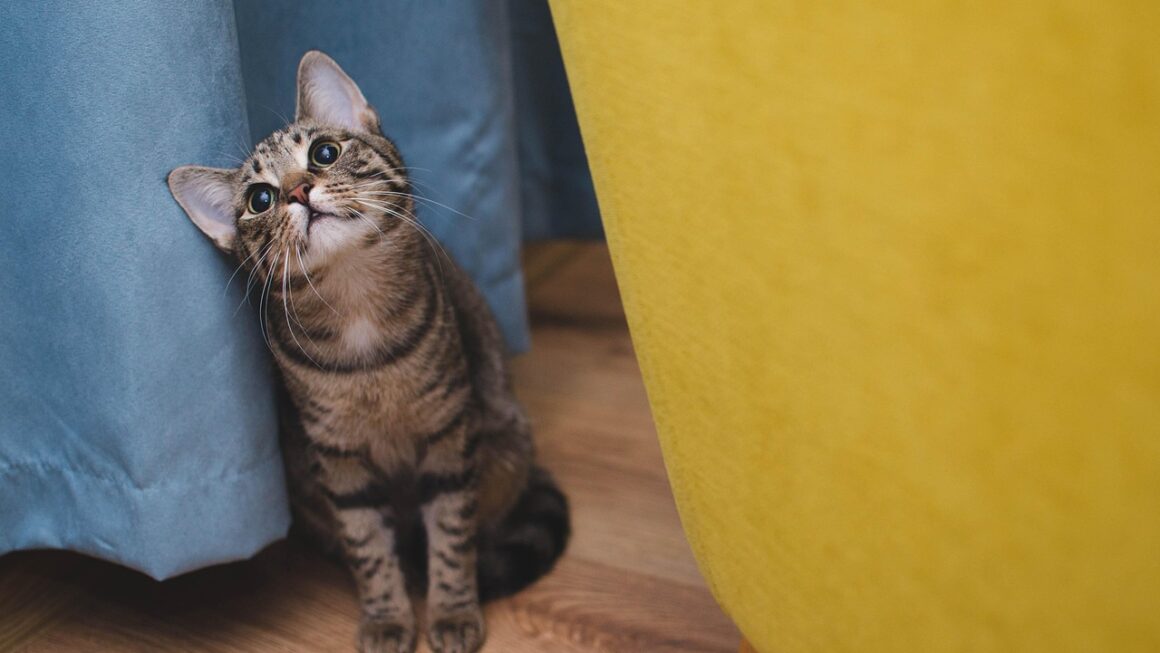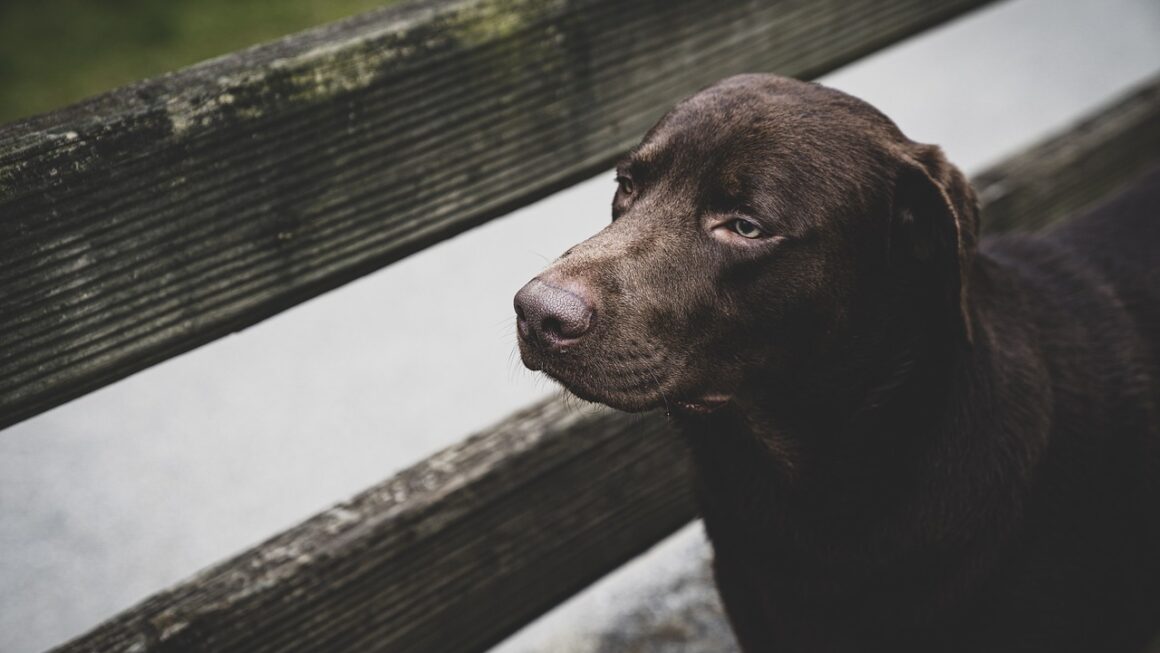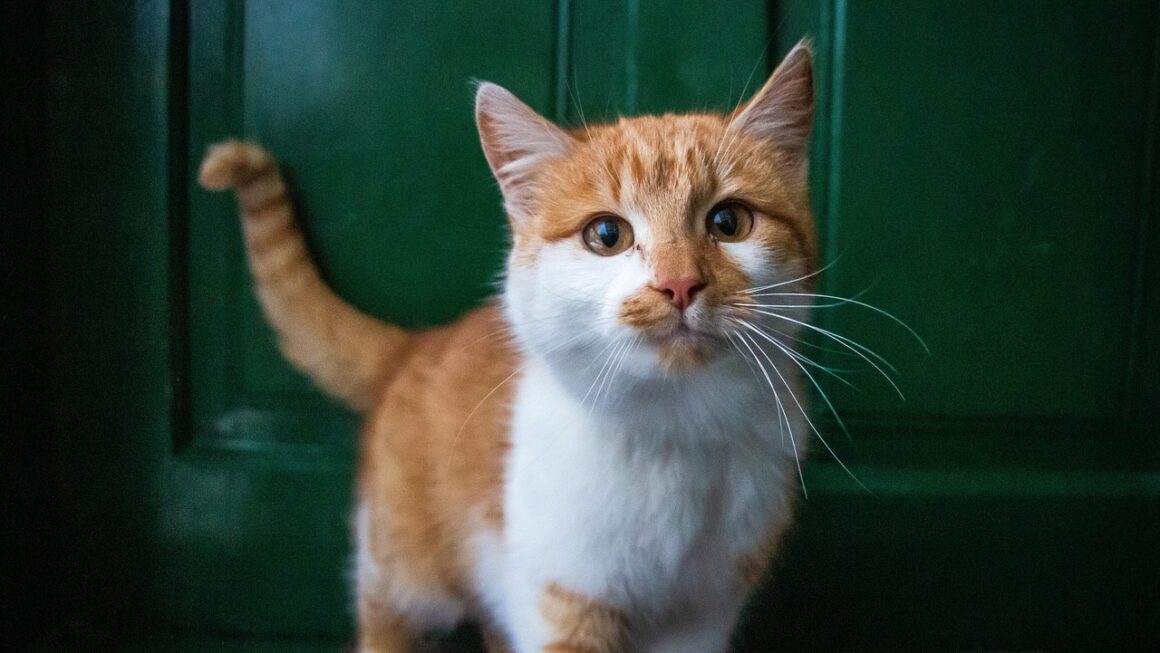Proper pet hydration is crucial for their overall health and well-being, yet it’s often overlooked by pet owners. Just like humans, pets need adequate water intake to maintain vital bodily functions. Dehydration can lead to serious health complications, making it essential to understand your pet’s hydration needs and how to meet them. This guide will provide you with a comprehensive understanding of pet hydration, covering everything from recognizing dehydration symptoms to practical tips for encouraging your furry friend to drink more water.
Why Pet Hydration is Essential
The Role of Water in Pet Health
Water plays a vital role in numerous bodily functions in pets, including:
- Temperature Regulation: Water helps pets regulate their body temperature through sweating (in some species like dogs, primarily through panting) and evaporation.
- Nutrient Transportation: Water is essential for transporting nutrients to cells and removing waste products.
- Joint Lubrication: Adequate hydration keeps joints lubricated, promoting mobility and reducing the risk of joint problems.
- Digestion: Water aids in digestion and prevents constipation.
- Organ Function: Water is crucial for the proper functioning of organs like the kidneys and liver.
Consequences of Dehydration
Dehydration can have serious consequences for pets, including:
- Organ Damage: Chronic dehydration can lead to kidney and liver damage.
- Electrolyte Imbalance: Dehydration can disrupt the balance of electrolytes, leading to muscle weakness and heart problems.
- Heatstroke: Dehydration increases the risk of heatstroke, especially during hot weather.
- Loss of Appetite: Dehydrated pets often lose their appetite, further exacerbating the problem.
- Reduced Energy Levels: Dehydration can cause fatigue and lethargy.
According to the American Veterinary Medical Association (AVMA), even mild dehydration can negatively impact a pet’s performance and recovery.
Recognizing Dehydration in Pets
Common Symptoms of Dehydration
Being able to recognize the signs of dehydration is essential for prompt treatment. Look for these symptoms:
- Sunken Eyes: Eyes may appear sunken and dull.
- Dry Nose and Gums: A dry nose and gums are common indicators, although some healthy pets may have dry noses occasionally.
- Loss of Skin Elasticity: Gently pinch the skin on the back of the neck. If it doesn’t snap back quickly, your pet may be dehydrated. This is known as the “skin turgor test”.
- Lethargy: A noticeable decrease in energy levels.
- Increased Heart Rate: A rapid heart rate can be a sign of dehydration.
- Thick, Sticky Saliva: Saliva may appear thick and sticky.
Performing a Skin Turgor Test
The skin turgor test is a simple way to assess hydration levels. Here’s how to do it:
- Gently pinch the skin on the back of your pet’s neck between your thumb and forefinger.
- Lift the skin slightly and then release it.
- Observe how quickly the skin returns to its normal position.
In a well-hydrated pet, the skin should snap back almost immediately. If the skin returns slowly (taking a few seconds or more), your pet is likely dehydrated.
When to See a Veterinarian
If you suspect your pet is dehydrated, especially if they are showing severe symptoms like vomiting, diarrhea, or collapse, seek veterinary attention immediately. A veterinarian can assess your pet’s hydration levels and provide appropriate treatment, such as intravenous fluids.
Encouraging Your Pet to Drink More Water
Providing Fresh Water Regularly
The most straightforward way to ensure your pet stays hydrated is to provide fresh, clean water at all times.
- Use Clean Bowls: Wash water bowls daily to prevent bacteria growth.
- Multiple Water Sources: Place water bowls in multiple locations around the house and yard.
- Change Water Frequently: Refresh the water several times a day to keep it appealing.
Making Water More Appealing
Some pets are picky drinkers. Here are some ways to make water more appealing:
- Use a Pet Water Fountain: Many pets prefer drinking from moving water. Pet water fountains provide a continuous flow of fresh, filtered water.
- Add Flavor: Add a small amount of low-sodium chicken or beef broth to the water.
- Ice Cubes: Adding ice cubes can make the water more appealing, especially during hot weather. Some pets enjoy playing with ice cubes as well.
- Offer Different Types of Water: Try offering bottled water, filtered water, or even distilled water to see if your pet has a preference.
Incorporating Wet Food into Their Diet
Wet food has a much higher water content than dry kibble. Incorporating wet food into your pet’s diet can significantly boost their hydration levels.
- Mix Wet and Dry Food: Combine wet and dry food to increase water intake without drastically changing your pet’s diet.
- Offer Wet Food as a Treat: Give your pet a small portion of wet food as a treat throughout the day.
- Soak Dry Food: Add water to your pet’s dry food to soften it and increase its water content.
Hydration Needs Based on Pet Type and Lifestyle
Dogs
Dogs typically need about 1 ounce of water per pound of body weight per day. However, this can vary based on activity level, weather conditions, and overall health.
- Active Dogs: Active dogs who engage in strenuous exercise will need more water than sedentary dogs.
- Hot Weather: Dogs need more water during hot weather to prevent dehydration.
- Medical Conditions: Certain medical conditions, such as kidney disease or diabetes, can increase a dog’s water needs.
Cats
Cats are notorious for not drinking enough water. Their natural prey has a high moisture content so they have a lower thirst drive than dogs. Therefore, supplemental water is important.
- Encourage Drinking: Use a water fountain, offer multiple water sources, and consider adding flavor to the water.
- Wet Food: Feeding wet food is crucial for maintaining adequate hydration in cats.
- Monitor Water Intake: Pay attention to how much water your cat is drinking and consult with your veterinarian if you have any concerns.
Small Animals (Rabbits, Guinea Pigs, Hamsters)
Small animals also require adequate hydration for optimal health.
- Water Bottles and Bowls: Provide fresh water in both a water bottle and a bowl.
- Fresh Vegetables: Offer fresh, leafy green vegetables, which contain high water content.
- Monitor for Dehydration: Check for signs of dehydration, such as lethargy and decreased appetite.
Considerations for Senior Pets
Senior pets are more prone to dehydration due to decreased kidney function and reduced mobility. It’s important to pay extra attention to their hydration needs.
- Easy Access to Water: Ensure senior pets have easy access to water bowls that are within their reach.
- Monitor Water Intake: Keep a close eye on how much water your senior pet is drinking and consult with your veterinarian if you notice any changes.
- Regular Veterinary Checkups: Regular veterinary checkups can help detect and manage any underlying health conditions that may affect hydration.
Conclusion
Maintaining proper pet hydration is a critical aspect of responsible pet ownership. By understanding the importance of water, recognizing the signs of dehydration, and implementing strategies to encourage drinking, you can help ensure your pet stays healthy and hydrated. Remember to tailor your approach to your pet’s individual needs and consult with your veterinarian if you have any concerns about their hydration levels. Prioritizing pet hydration will contribute to their overall well-being and longevity.




